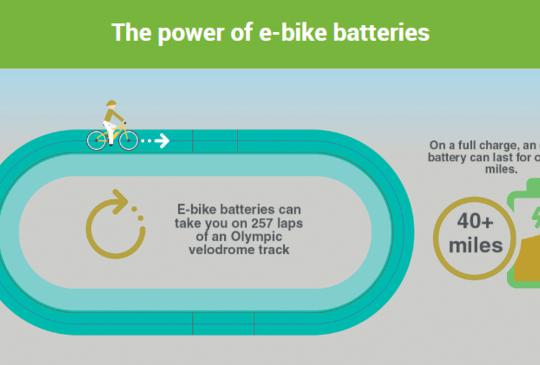Discover The Legal Guidelines In Your Location To Promote Secure And Responsible E-Bike Riding

Write-Up Produced By-Lynch Chang
Before you hop on your e-bike and struck the streets, it's critical to understand the regulations and policies that govern your city. From rate restrictions to designated riding locations, there's a great deal to take into consideration to guarantee you're compliant and secure. By acquainting yourself with the regulations certain to e-bikes, you'll be much better geared up to appreciate your trips without any unexpected legal problems. Keep tuned to discover crucial insights that will certainly help you navigate the e-bike landscape in your city effortlessly.
Understanding E-Bike Classification
When it pertains to navigating the realm of e-bike regulations and policies, a crucial beginning factor is comprehending the classification system that categorizes these electric bikes. E-bikes are usually classified into 3 primary categories: Course 1, Class 2, and Course 3.
Class 1 e-bikes are pedal-assist just, meaning they provide aid while the biker is pedaling and have a maximum speed of 20 mph. These bikes are allowed areas where conventional bicycles are permitted.
Class 2 e-bikes are furnished with a throttle that can propel the bike without pedaling. They likewise have a maximum speed of 20 miles per hour and appropriate for riders that may require support without pedaling continually.
Course 3 e-bikes resemble Course 1 yet with a greater maximum speed of 28 miles per hour. These bikes are usually restricted from certain bike paths or tracks as a result of their greater speeds.
Recognizing these classifications is essential for complying with regional laws and guaranteeing a secure and delightful e-biking experience.
Navigating Speed Limitations and Restrictions
To efficiently browse e-bike regulations and regulations, it's vital to understand the speed limits and limitations that apply to various classes of electrical bikes.
Rate limits for e-bikes vary depending on the category of the bike. Course 1 e-bikes, which are pedal-assist only and have a maximum speed of 20 mph, are commonly permitted on bike lanes and paths.
Course 2 e-bikes, which have a throttle in addition to pedal-assist and additionally get to rates of approximately 20 mph, may be limited in particular areas where motorized vehicles aren't permitted.
https://www.pearltrees.com/zugobike -bikes, with pedal-assist up to 28 miles per hour, are normally needed to comply with the same rules as typical bikes.
It's important to follow these speed limits and restrictions to ensure your safety and security and the safety and security of others on the road. Prior to riding your e-bike, familiarize on your own with the details guidelines in your city to stay clear of any type of possible penalties or lawful concerns.
Where to Trip Your E-Bike
To identify where you can ride your e-bike, it's essential to know the guidelines and guidelines certain to your place. In most areas, e-bikes are commonly enabled on roadways and roads where standard bicycles are permitted. This might include bike lanes, bike paths, and shared roads. However, it's important to examine neighborhood laws as some cities may have specific limitations on where e-bikes can be ridden.
When riding your e-bike, always prioritize security by adhering to web traffic rules and valuing pedestrian sidewalks. Additionally, bear in mind any type of assigned bike lanes or paths in your area and use them whenever possible to make certain a smoother and safer trip.
Some cities also have guidelines concerning e-bike usage on sidewalks, so see to it to acquaint yourself with these policies to prevent any type of fines or fines.
Final thought
Since you're familiar with the legislations and laws bordering e-bikes in your city, you can with confidence hit the trail recognizing where you can ride and what constraints relate to your e-bike classification. Remember to constantly Recommended Studying and follow the guidelines to make certain a smooth and legal ride. Pleased riding!

